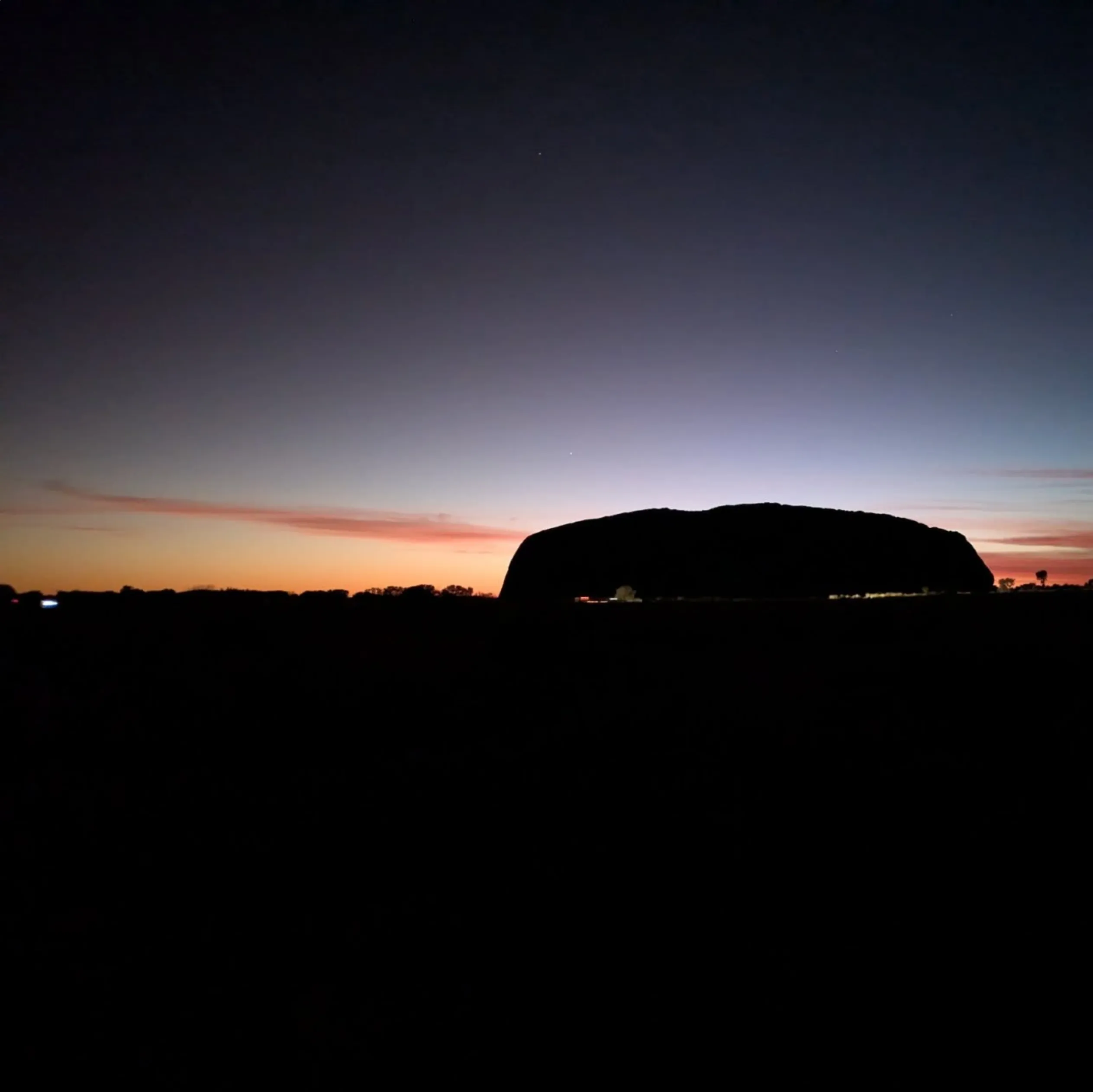Uluru, also known as Ayers Rock, stands as a towering monolith in the heart of Australia’s Northern Territory. Its massive red structure, rich cultural significance, and stunning backdrop of desert oaks and arid landscapes make it a must-see for travelers. However, the Australian Outback is vast and full of other awe-inspiring natural landscapes and rock formations, which can sometimes lead to confusion for visitors. From Mount Conner to Kata Tjuta, we explore the famous rocks that are often mistaken for Uluru and what makes each unique.
The Iconic Uluru
Ayers Rock is located in the Uluru-Kata Tjuta National Park, a sacred area for the Anangu people and a hot spot for Uluru Tours, experiences and landscapes. This big rock is 500 million years old and a natural icon of Australia. While its shape is famous to many, it can get confused with other rocks nearby especially along Lasseter Highway and the surrounding desert.
Common Landmarks Mistaken for Uluru
Mount Conner (Mount Connor or “Fool-uru”)
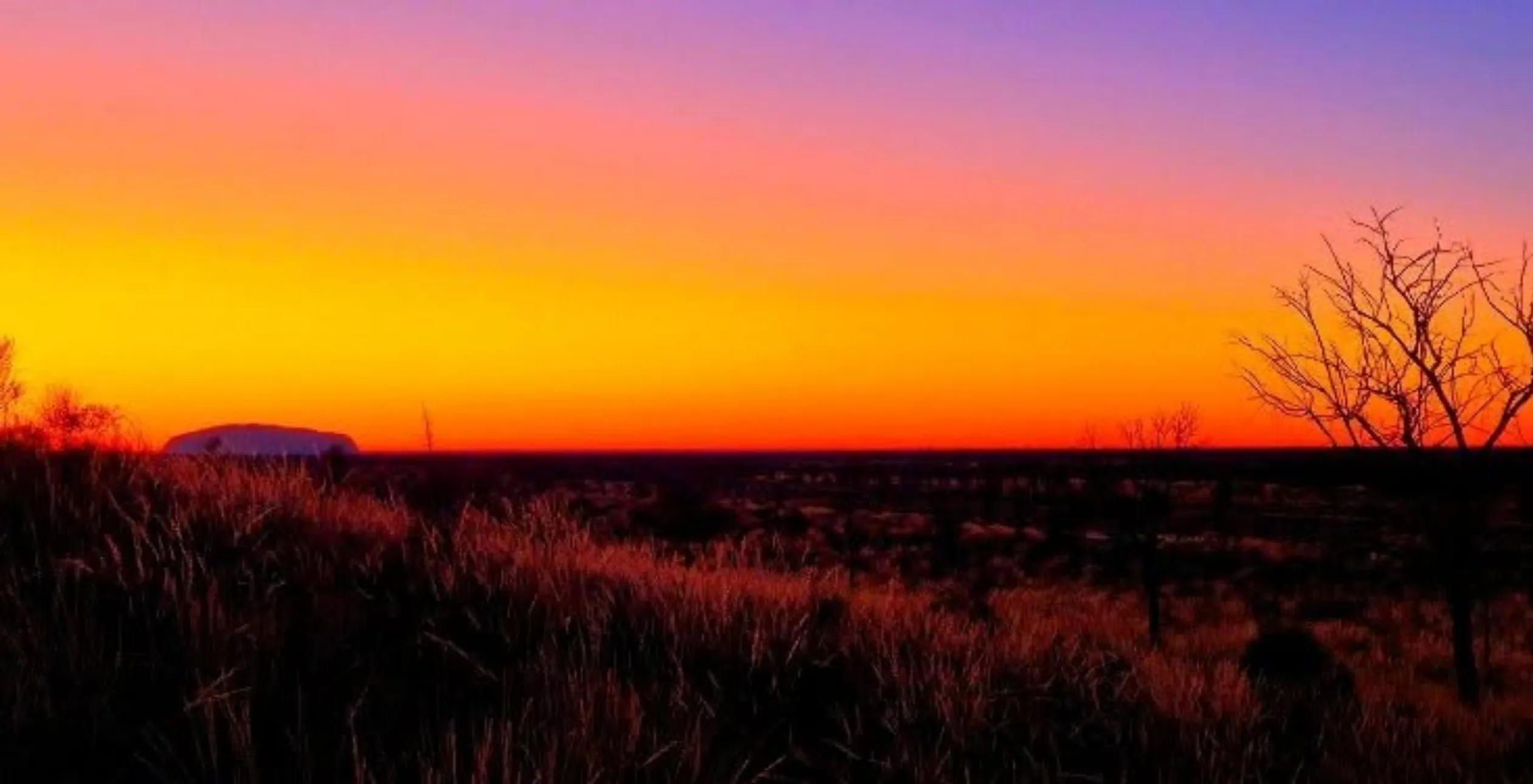
About 100km east of Uluru, Mount Conner is a big rock on private land, part of the 1 million acre Curtin Springs Station. This flat topped mesa is surrounded by Lake Swanson and ancient salt lakes like Lake Amadeus. Many tourists driving along the Stuart Highway or on road trips mistake it for Uluru because of its size and desert landscape.
Why the Confusion?
- Its big size and red landscape looks like Uluru.
- It’s visible from dirt roads along Lasseter Highway and everyone takes a photo when they see it.
What’s Different?
- Mount Conner has a flat top, not a round rock like Uluru.
- It’s not in the Uluru-Kata Tjuta National Park and is on private lease, accessible only by guided tours from Curtin Springs Station.
Kata Tjuta (The Olgas)
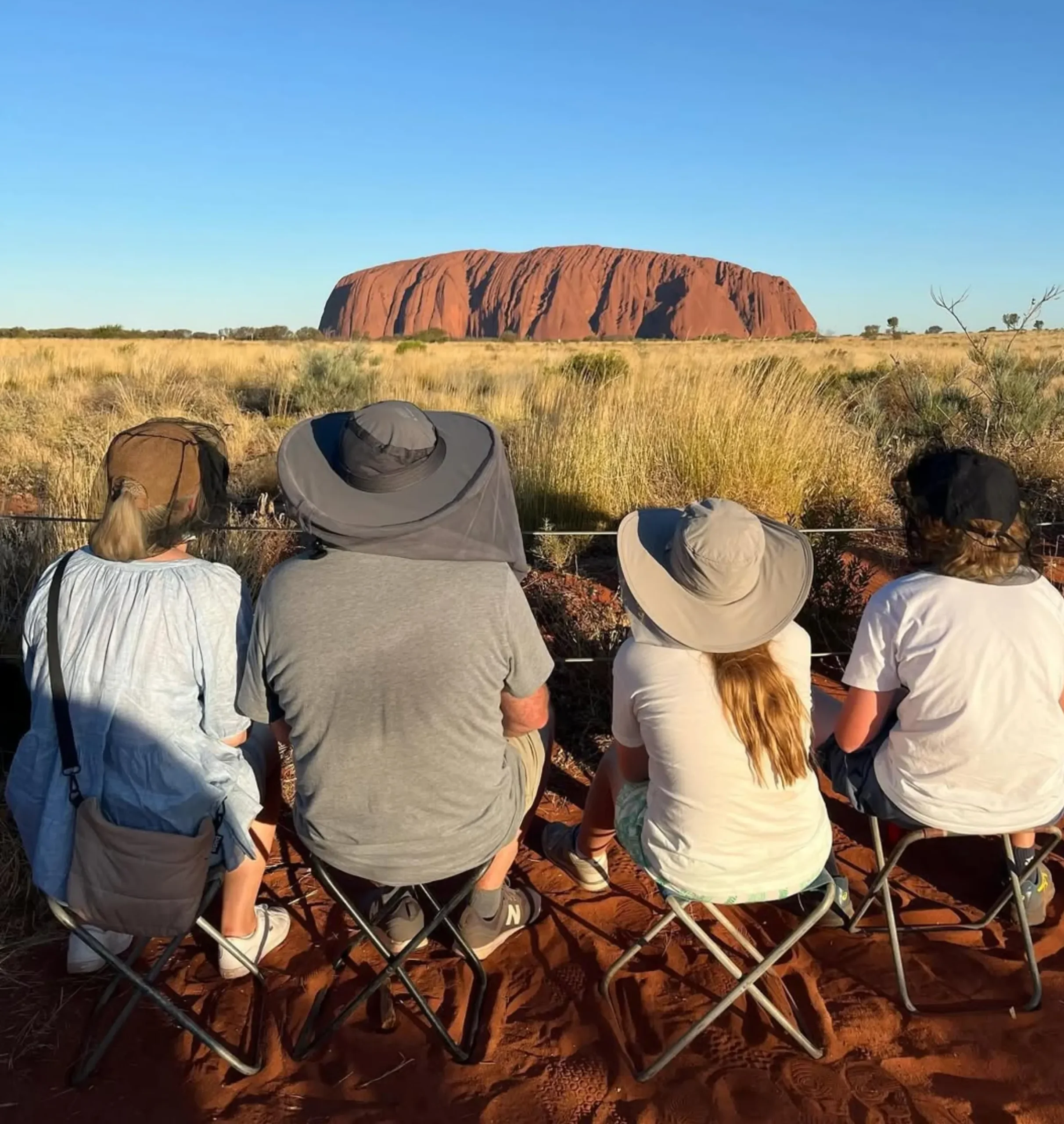
Kata Tjuta, or Mount Olga, is a group of 36 domed rocks within the same national park as Uluru. Its Aboriginal name means “many heads” and the area is culturally significant with Aboriginal rock art and ancient landscapes that hold many creation stories. The 7.4km Valley of the Winds Walk takes you to the valley floor and up the towering cliffs.
Why the Confusion?
- The red conglomerate rocks and sacred area is similar to Uluru.
- Both Kata Tjuta and Uluru are part of the same cultural landscape managed by the traditional owners.
What’s Different?
- Kata Tjuta has multiple domes not one rock.
- It’s more rugged with hiking trails like the 2.6km Kings Creek Walk.
Kings Canyon and Watarrka National Park
Kings Canyon, in Watarrka National Park, is a natural wonder with 300m high red rock cliffs and ancient waterholes like Kathleen Springs. The surrounding mountain range, George Gill Range, and the boulder strewn valley floor is an adventure lover’s paradise.
Why the Confusion?
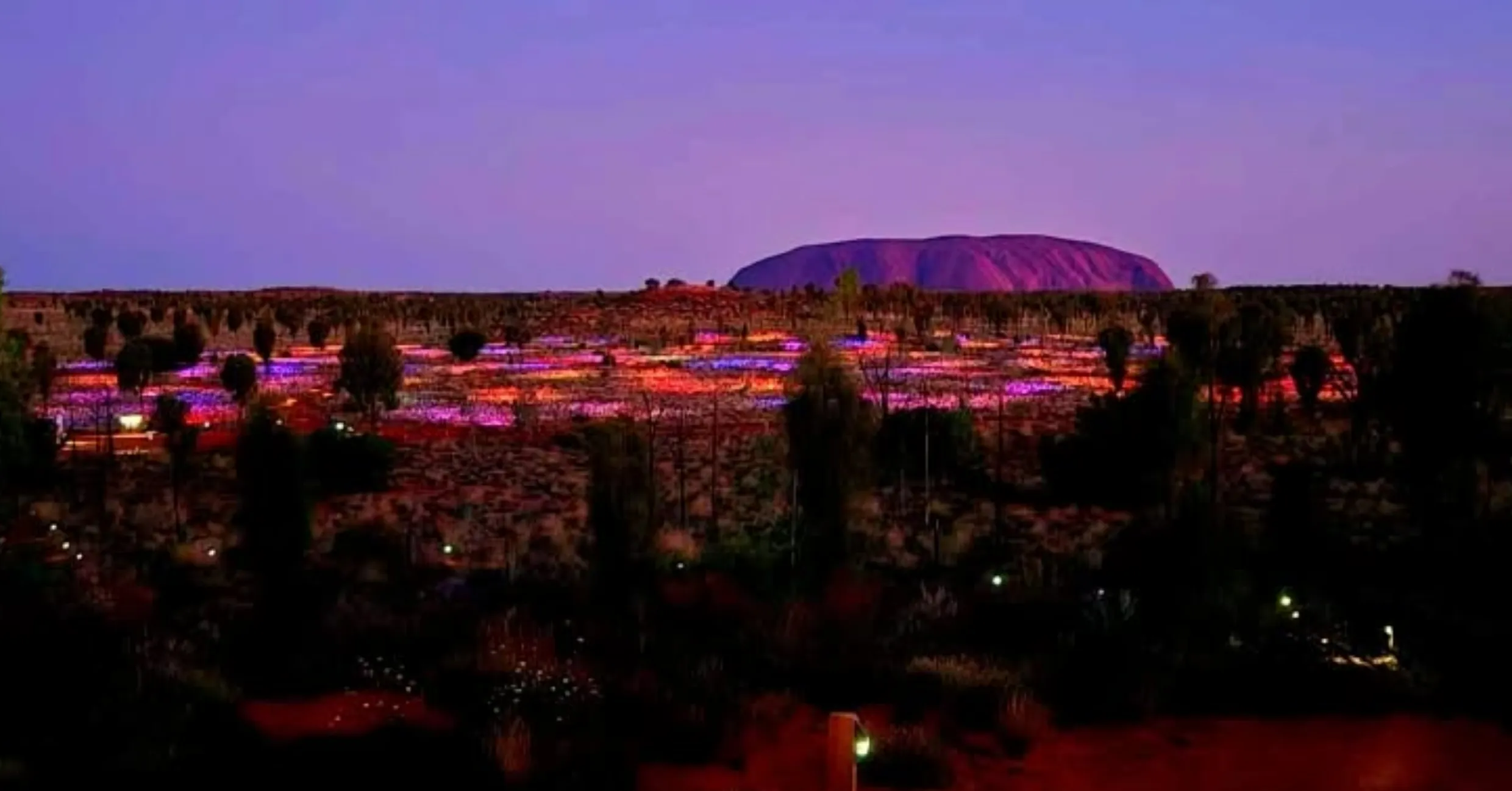
- Red sandstone and cultural significance is similar to Uluru.
- Tourists mistake the square km of desert oaks and desert landscape for the Uluru-Kata Tjuta area.
What Sets Uluru Apart?
Cultural Significance and Rock Art
Uluru is not just a natural icon but a sacred site with 20,000 year old rock art stories and Aboriginal rock art sites. The Tjuta Cultural Centre and Uluru-Kata Tjuta Cultural Centre will give you an insight into its history.
Shape and Surrounds
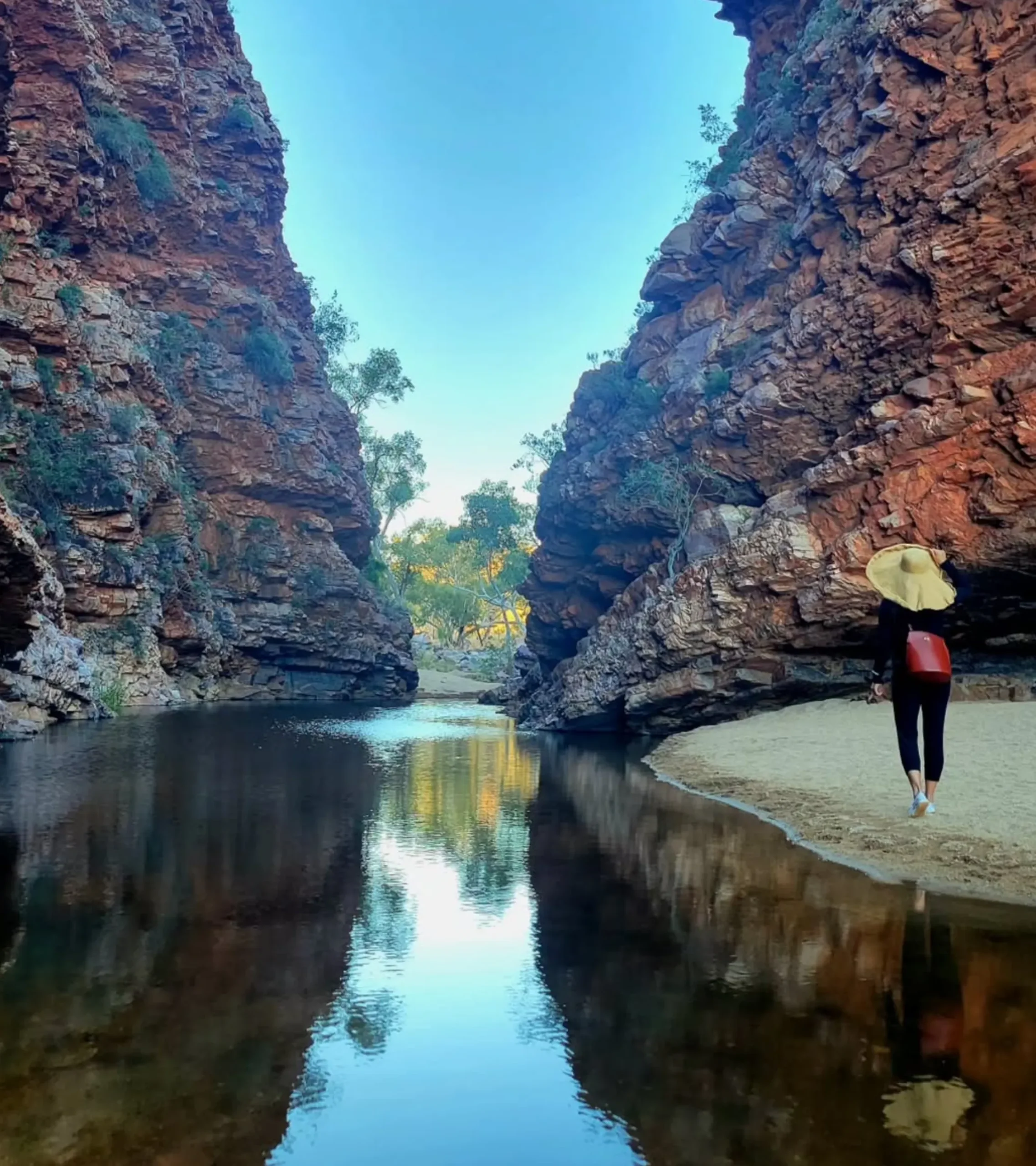
Not like Mount Conner’s flat top or Kata Tjuta’s domes, Uluru is one big round rock. Permanent waterholes, native animals and unique animal tracks will make it an amazing experience.
Under the Southern Night Sky
Visitors to Uluru say the night sky is one of the best parts of the trip, with millions of stars shining down on the old landscape.
Why It’s Still Worth Mistaking
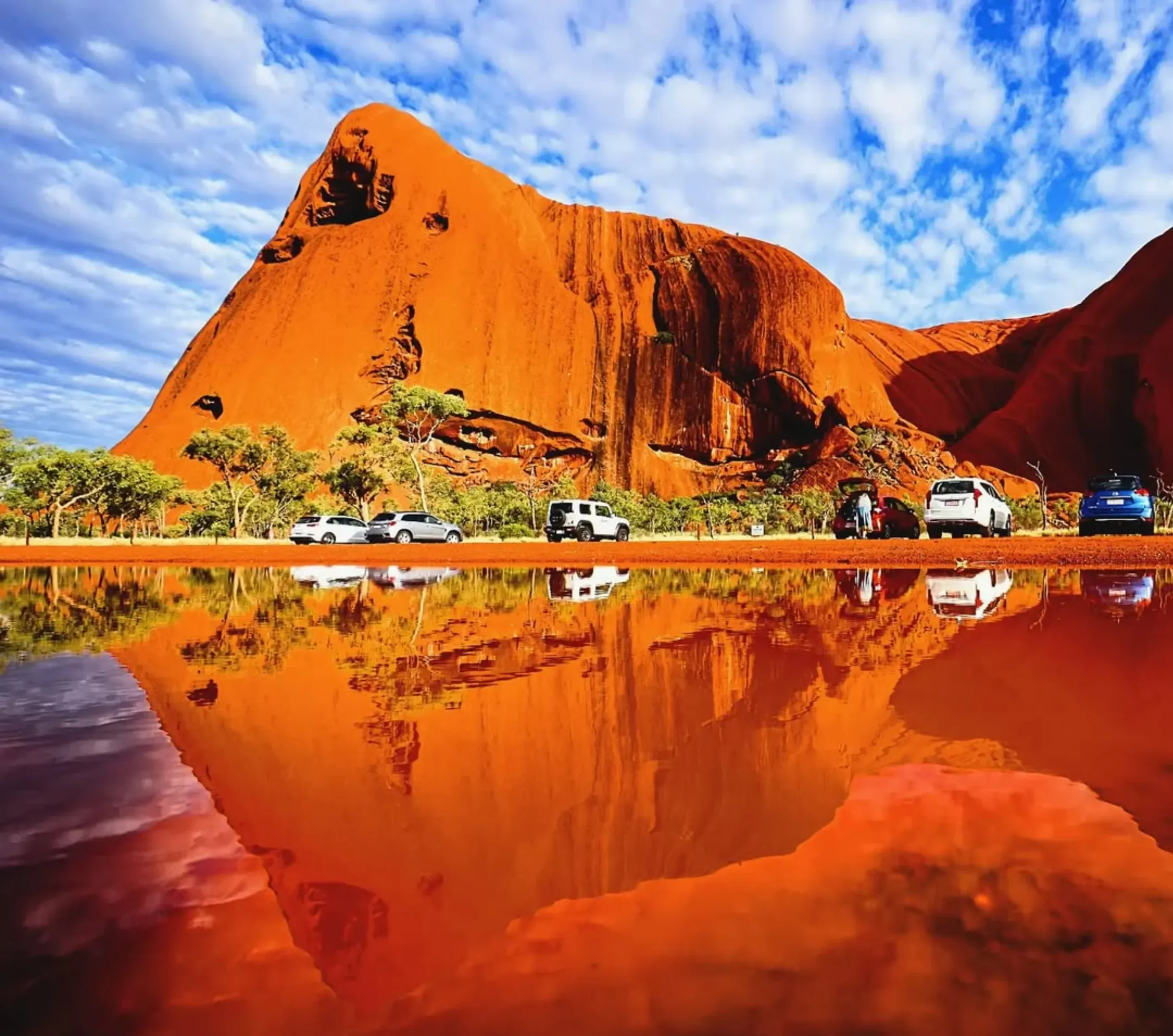
Even if you mistake Mount Conner, Kata Tjuta, or Kings Canyon for Uluru, you’ll still see some of the most amazing natural scenery in Australia. From cattle stations like Kings Creek Station to the award-winning experiences at the Ayers Rock Resort, there’s something for everyone. These famous rocks and their surrounds will give you a lifetime of memories. For those looking to explore even more breathtaking landscapes, Darwin day trips to Kakadu offer an incredible opportunity to experience the beauty and culture of the Top End.
Conclusion
The Outback is full of amazing, iconic landscapes that are mistaken for Uluru. From Mount Conner’s salt lakes to Kata Tjuta’s domes and Kings Canyon’s cliffs, each place has its own beauty and cultural significance. Knowing what makes Uluru special will make your journey through this desert more rewarding. Book a 2 day Uluru tour with Autopia Tours for award-winning experiences and cultural knowledge across the NT.
FAQ
What is Mount Conner and why is it mistaken for Uluru?
Mount Conner, also known as “Fool-uru,” is a flat topped mesa near Curtin Springs Station. Its size and red colour makes people mistake it for Uluru.
How is Kata Tjuta different to Uluru?
Kata Tjuta is 36 domes, Uluru is one monolith. Both are in the Uluru-Kata Tjuta National Park but different shapes and walks.
Is Kings Canyon part of the Uluru-Kata Tjuta National Park?
No, Kings Canyon is in Watarrka National Park, 300km from Uluru and famous for its cliffs and views.
Can you visit Mount Conner?
Yes, Mount Conner is on private land and can be visited on guided tours from Curtin Springs Station.
What makes Uluru different to other rocks?
Uluru’s shape, cultural significance, rock art and permanent waterholes make it an Australian icon.
